How to Market Your New Foster Dog For Adoption!
Hi all!
My name is Alex Lloyd and I have been a volunteer with Muddy Paws for nearly 3 years. Originally I started as an event volunteer and was hooked pretty quickly. From there I started photographing for Muddy Paws, I am now a member of the Events & Volunteers team as well as the Social team, and I am an active foster! In addition to my work with Muddy Paws, I photograph for various rescue groups and shelters in the New York area and run an Instagram page called “Adoptable Dogs of NYC” (@adoptabledogsofnyc) where I share adoptable dogs through my photography and share my fosters’ journeys during their time with me via Instagram stories.
I have fostered 12 dogs and 4 kittens since starting my Instagram account and have developed a pretty good rhythm when a new animal joins my home to introduce them to potential adopters through social media! By seeing the dog on my couch, walking around my apartment, or exploring the neighborhood via Instagram stories, potential adopters can really imagine the dog in their own home — a very important part of finding our fosters their forever families.
Below I’ll take you through some of my tips and tricks for pet photography and marketing your foster pup!
Muddy Paws Brand & Messaging
Positivity is key! Most of our dogs come from unknown backgrounds. They may have come into the shelter as a stray or as an owner surrender, but even if we have a story, it’s important to remember that we never have the full story. We don’t know what hardships the previous owners were facing and don’t want to assume that the dog came from a horrible past.
Avoid vilifying shelters. Open intake shelters have the impossible task of taking in every animal that comes through their doors, so it’s important not to assume that the shelter is a horrible place. It’s surely not an ideal place for any animal to spend a significant amount of time, but it’s a necessary component of animal homelessness.
Focus on the dog’s future. Now that they are with us they will receive great medical care and tons of love from their foster, the MPR team, and their future adopter(s)!
Photography Tips
Buddy up. Photographing a dog solo is really hard! Bring in reinforcements via a friend, roommate, or partner when you can.
Lighting is important. The photos don’t need to be outside; photos taken inside the home actually tend to resonate with adopters even more because they can then picture the dog in their home. Place the dog near a window with bright light, and think about contrast when you’re taking photos — if the dog is dark, a white wall would work best, whereas if the dog is white, a colorful rug or couch will allow the dog to be more visible in the photos.
Variety, variety, variety! When it comes to a pup shot, headshots typically come to mind. People often believe that the dog needs to be sitting perfectly to get this ‘money shot,’ but I often get my best headshots when dogs are slightly bored and relaxed. If you catch them sitting, great! But there’s certainly other ways to get the shot. Using treats is one method: if you hold the treat in one hand above your phone, the dog tends to look right at the camera (this only works if the dog doesn’t run for the treat, of course!). Squeaky toys also work well too — wait until you’re 100% ready to take the photo before making any noises to get the dogs attention (i.e., rolling your tongue) as you typically only get one or two squeaks before the dog loses interest. There’s a great app called Dog Sounds that I use as a last resort when dogs don’t pay attention to anything else!


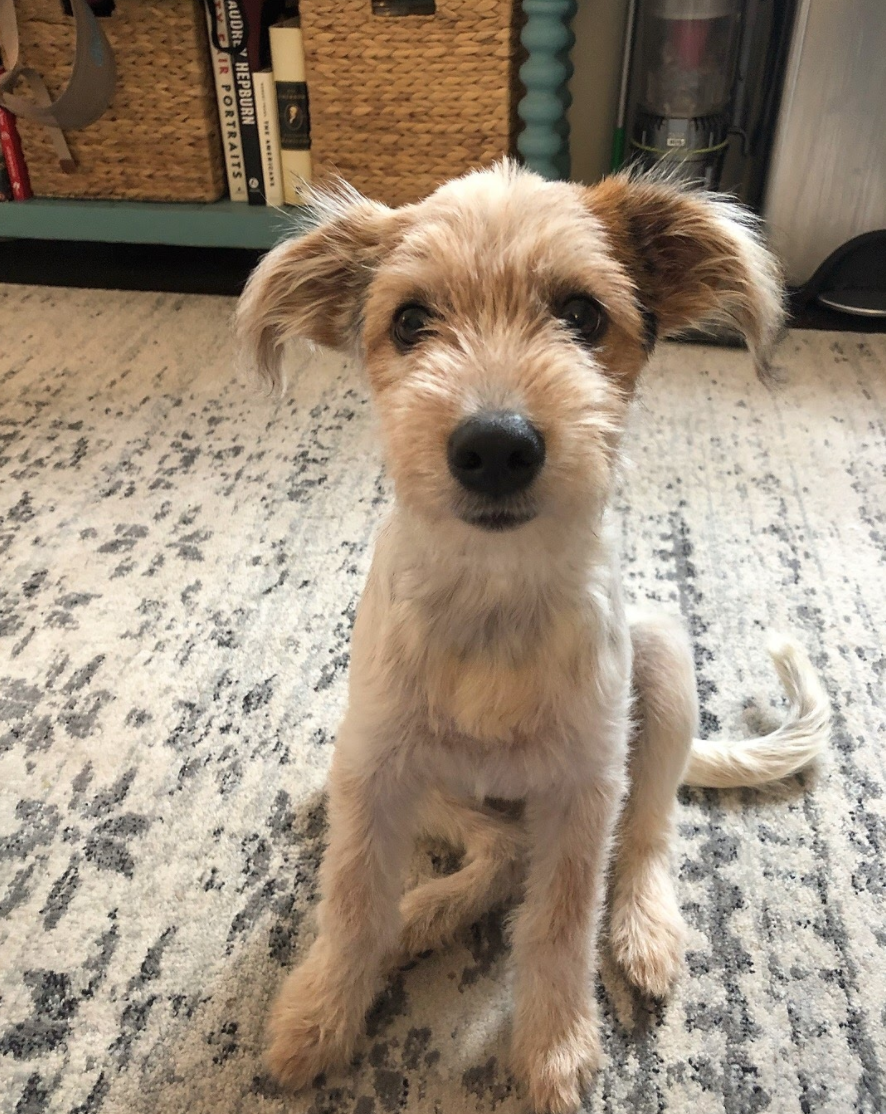
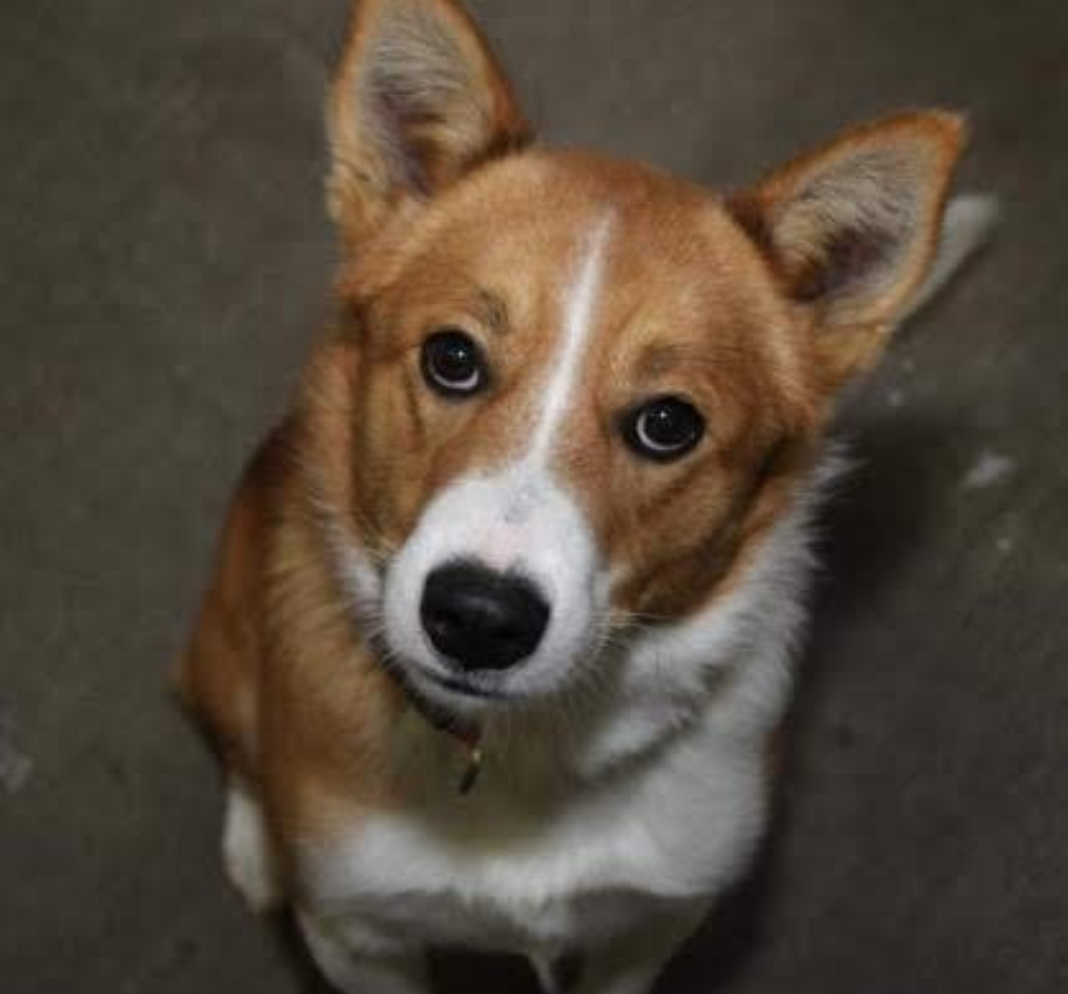

Another type of photo is a human interaction shot. These photos tend to be the most engaging and interesting, and the dog doesn’t need to be looking at the camera for it to be a great shot. Snap a photo of your foster cuddled up on your roommate or friend’s lap, or perhaps when they put their paws on the table in front of your computer (making them look like they’re working!). Give the dog a belly rub, a cuddle, or a kiss to show how much the pup enjoys your company!




The last type of effective photo is a personality photo. Does your foster love toys or is obsessed with their Kong? Try to snap a photo of the dog with their favorite toy in their mouth. Perhaps they love to snooze, or are constantly belly-up asking for rubs. Try to snap a photo that captures the dog’s unique personality!





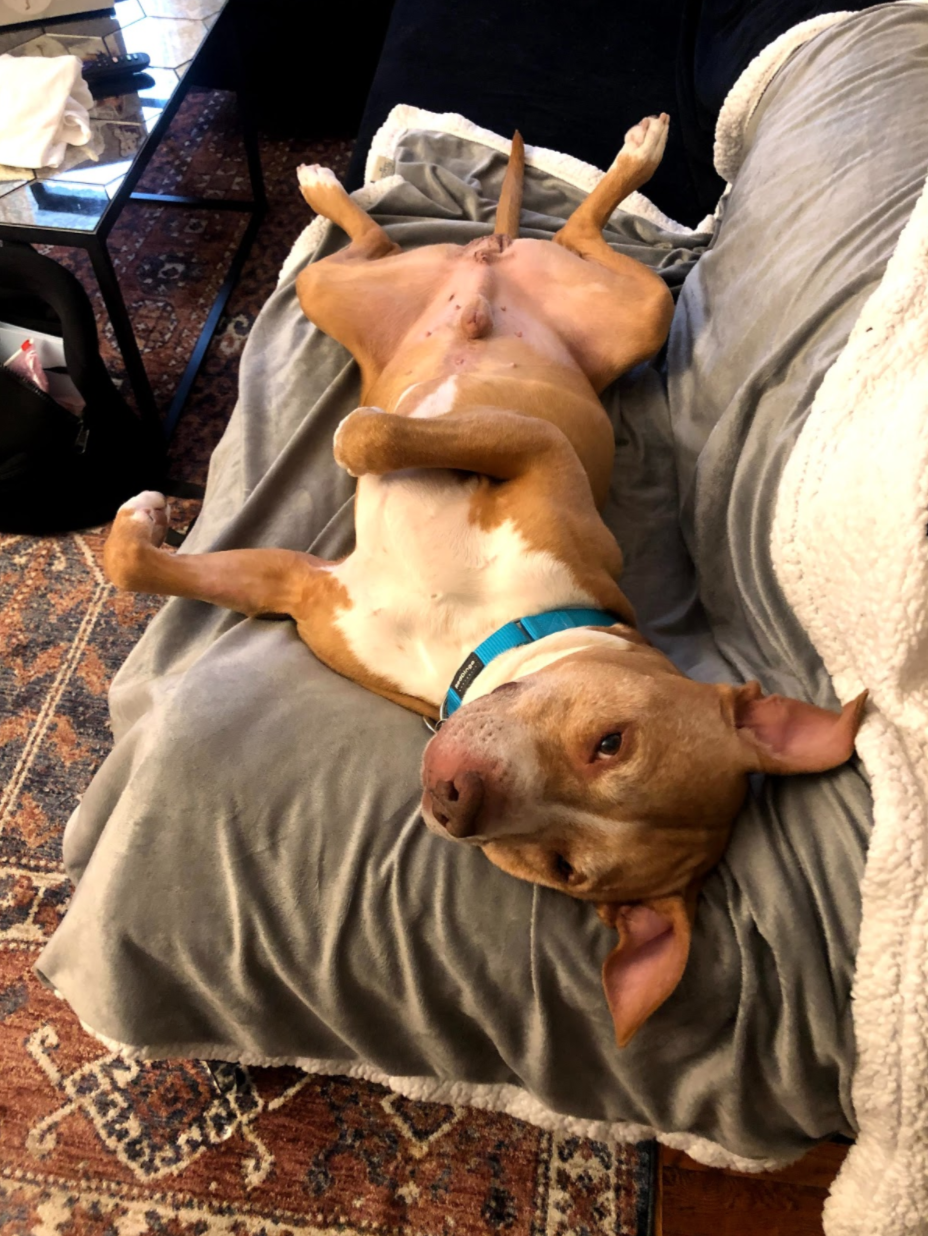
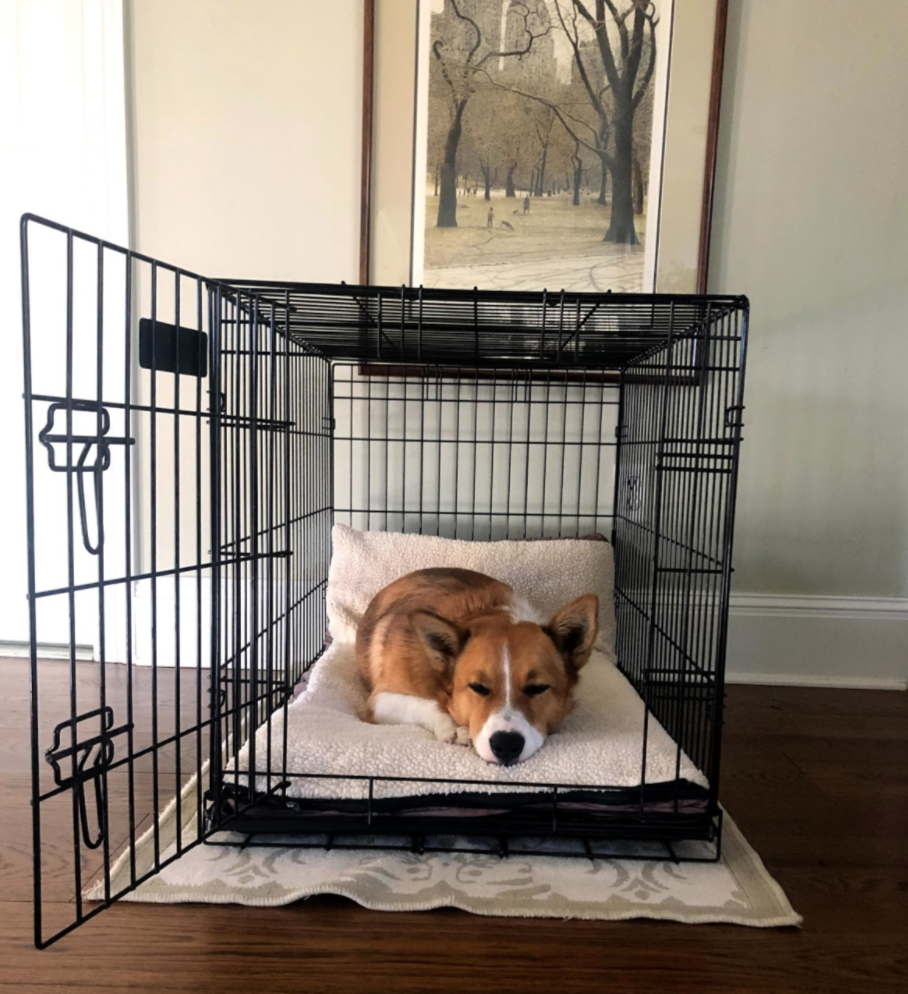
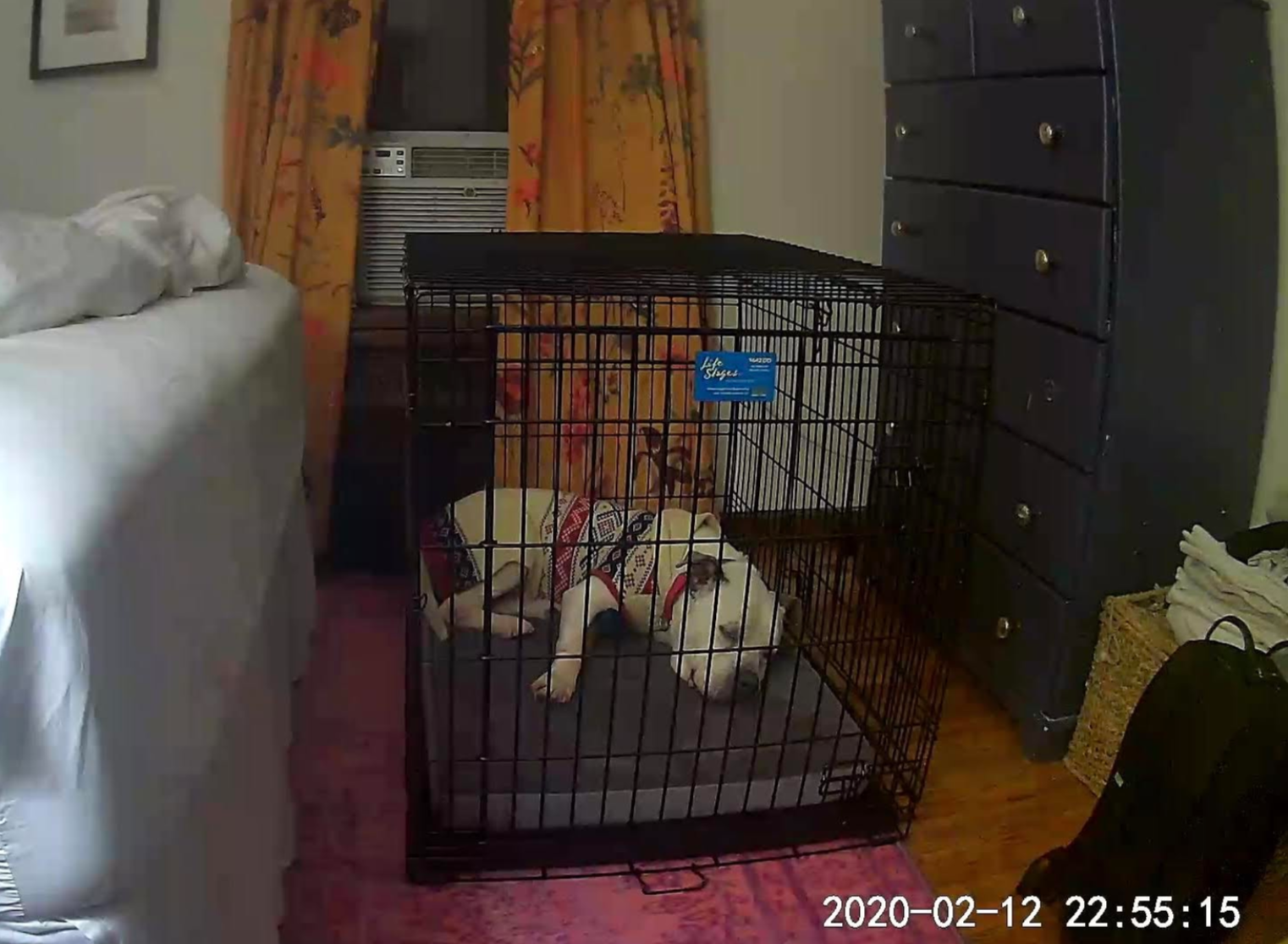
Avoid photos with transitional or extremely tight leashes. Many people are unfamiliar with transitional leashes, associate them with muzzles, and tend to assume that the dog is aggressive. Leashes that are too tight give the dog the appearance that they pull a lot on a leash. I try to use a loose leash in photos whenever possible (even if I only have 1 or 2 seconds to capture this before the dog starts pulling again!).
In this photo you can see Bristol’s leash is tight and he looks generally uncomfortable, so this isn’t a photo that I chose to share anywhere.
Writing About Your Foster - Social Media Stories vs. Posts:
Balance 100% positivity and the truth. As a rule of thumb, I use Instagram posts to share high-level information and Instagram stories to share more detailed updates. It’s important not to make any dog seem like a perfect angel on social media, but we also don’t want to use it as a place to discuss topics that would be better addressed by an adoption counselor.
If a dog is very energetic, I might give viewers insight into our daily routine. Because the routine includes daily 1+ hour walks, this is a way to convey the dog’s energy without explicitly saying, “Snowball is crazy and cannot go a day without a long walk.”
I also use humor when I want to show the reality of having a foster dog — maybe Snowball peed on the rug, so I’m having a beer. Or perhaps I post about how Snowball is cuddling up on my lap to make up for the pee puddle she made on the floor — so all is forgiven!
In general Instagram posts, keep the information somewhat vague. This is so as to not discourage anyone from inquiring about a dog they may be interested in. The exception here would be ‘story time’ posts — I do occasionally post in more detail stories about things like the successful crate training of a dog who really hated the crate, the benefits of puzzle toys, etc. But I always make an effort to end the story on a positive note so that the post has a purpose and the dog can be portrayed positively.
In Instagram stories, showcase the dog in action. On a walk, snoozing peacefully, playing, eating out of a Kong or puzzle toy, or practicing their tricks are all perfect activities to capture. Stories are also a great place to show more detailed elements of the dog’s personality. Again, it’s important to balance positivity with truth. For example, I wouldn’t write a post saying, “Bella hates her crate and panics every time we leave,” but I might show on my stories our use of a baby gate instead of a crate (after receiving approval from the foster team!) to get her more comfortable in smaller spaces where she and our belongings are safe. I may show Bella eating dinner in her crate where she is associating positive things (food) with her time in there. Or perhaps I might post a selfie of me in Central Park with Sierra wearing a transitional leash and explain that the leash has been a great tool to help us communicate with each other on our walks while also preventing her from pulling too hard.
Reminders + The Bottom Line
Tag the rescue on any stories or posts so that they can repost if the dog needs additional marketing.
Be sure to save the photo/video before you add any text, GIFs, or hashtags in case you want a clean version or if the marketing team would like to use the media in another way.
Last but not least: don’t overthink it, and happy fostering!
Have more questions? Check out a Petco Webinar on Marketing Your Foster Pet ft. Muddy Paws Marketing Director Anna Lai, additional marketing guidelines from Maddie’s Fund, and more tips for taking great pup photos from Hearts Speak.
Alex is a foster and volunteer. Follow her foster adventures on Instagram at @adoptabledogsofnyc!





